Ford’s Thunderbird Turbo Coupe is soaring once again
The early 1980s were beyond tumultuous for the automobile industry, especially in the increasingly competitive, reduced-emissions climate of the United States. At the same time, an emerging demographic began demanding increased performance with European-style driving dynamics, along with the understated design associated with European brands. This was the climate that gave the BMW 3 Series (E21), the Saab 900 Turbo, and turbocharged Volvos a foothold in the U.S. market. Thanks to the popularity and modularity of the Fox chassis, Ford had the opportunity to turn the sedate Thunderbird personal luxury coupe into a serious competitor for this genre.
What it created was a reimagined icon that was staggeringly close in size and weight to the original 1955 roadster, with a revolutionary step in vehicle aerodynamics and computer-managed engine controls. Rarely do pieces of the puzzle fit together so effortlessly, but what’s truly surprising isn’t that Ford created the 1983 Thunderbird, but that it made the car a competitive package against the imports.
Enter the higher-performance Turbo Coupe model. While Thunderbirds like the top-spec Heritage model had an available Michelin TRX handling package and a 5.0-liter V-8, only the Turbo Coupe courted buyers interested in manual transmissions and Euro-centric performance. Any automotive student of the 1980s can spot the telltale sign of Detroit Euro Syndrome (as it were), as the Big Three made a habit of removing chrome trim and adding alloy wheels, fog lights, and charcoal ribbed cladding in hopes of appealing to a new type of customer. By contrast, the Turbo Coupe was a more pure early implementation; they weren’t cynical trimmings lacking purpose.
That’s because the Turbo Coupe came with Ford’s impressive fourth-generation, multi-port fuel-injection system (EEC-IV) controlling a 2.3-liter turbocharged four-cylinder mill. Added to that was a BorgWarner T-5 transmission, a limited-slip differential, and a performance suspension with standard 14-inch “Pepper Pot” aluminum wheels. Completing the Turbo Coupe’s look was blackout trim, fog lights, bucket seats, and a tachometer. Reviews of the era were generally complimentary, with Road & Track claiming “the Turbo Coupe’s handling and responsiveness are right up there with the best of its class.”
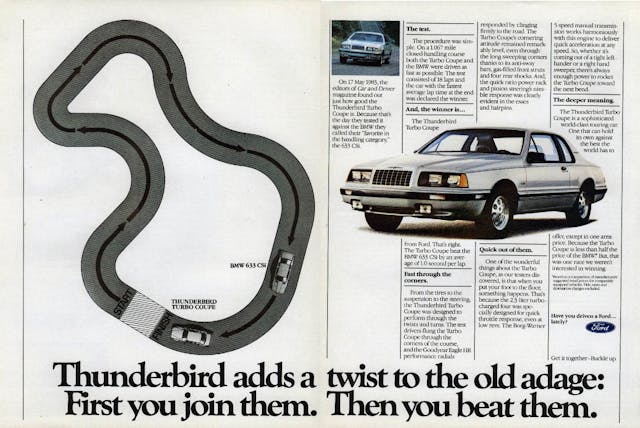
The Turbo Coupe ushered in a new world of post–Malaise Era potential, becoming a bellwether for the industry’s upward trajectory in performance and efficiency. That slippery nose became even sleeker with composite headlights, those alloy wheels progressively grew in size, the dashboard got a much needed ergonomic boost, and the turbocharging became intercooled. Technology like antilock brakes, dual-mode dampers, and even a single-piece rear window moulding found their way into the Turbo Coupe before production ended in 1988. But rarely do we get to witness the heroic rise of an entire industry through the changes of a single vehicle, and rarely is it this much of a joy to drive.
Sure, its Fox Mustang counterpart also improved as the platform aged, and it was cheaper to boot. But the Turbo Coupe’s extra wheelbase, and its later suspension and braking enhancements, made it a finesse player worthy of consideration against products from distant lands. Speaking of brakes, the 1987–88 model donated its rear disc brake assembly to the 1993 Mustang Cobra, which inadvertently proves the benefit of Turbo Coupe ownership: Parts are plentiful, and cross-pollenating Fox platform bits (like a 1-inch rear sway bar from a 1994-plus Mustang Cobra) only add to the excitement. Thanks to the 2.3-liter engine’s immense popularity in grassroots motorsport, a plethora of performance upgrades are readily available. Though Ford ensured a stock Turbo Coupe never exceeded the horsepower of the Mustang 5.0, the aftermarket tweaks to Ford’s turbo four enabled enough power to cause concern among five-liter owners that pulled up next to a Turbo Coupe at a stoplight.
Speaking of wrenching, working within the ample underhood space of the Thunderbird is a straightforward affair. And since it wasn’t a drag racing darling like its Mustang sibling, abuse from previous ownership is less of an issue. The only major concerns these days are the lifespan of the 1987–88 ABS accumulator (a costly fix, or quickly converted to non-ABS with off-the-shelf parts), and rust damage. The latter can be addressed with Fox Mustang repair panels, not to mention the other behind-the-scenes components (like seat belt sleeves) being reproduced for the Thunderbird’s platform-mate.
With close to 900,000 Thunderbirds made from 1983 to 1988 (roughly 15 percent being Turbo Coupes), the odds of finding a suitable Turbo Coupe and donor parts are still very good to this day. (This doesn’t even include production of the sistership Mercury Cougar.) Although Thunderbird sales made the surprising point that aerodynamics and fuel-injected performance were our automotive future, there’s nothing shocking about a Euro-tuned 1980s icon appealing to a slightly younger demographic. Hagerty data finds that roughly 55 percent of those who call to request quotes for Turbo Coupes are Gen X and millennials, though boomers still comprise 33 percent of inquiries.
The last few years have been good to Turbo Coupe values, especially the more powerful, more technologically advanced examples from 1987–88. Prices saw a significant rise in 2021 for Turbo Coupes in #3 (good) and #2 (excellent) condition, the latter falling almost precisely in line with a Mustang GT of the same vintage. Transaction prices for a 1993 Mustang Cobra are regularly two to three times higher, suggesting the Turbo Coupe’s aforementioned rear disc brakes are better off on a Mustang in modern times. But where’s the fun in that?
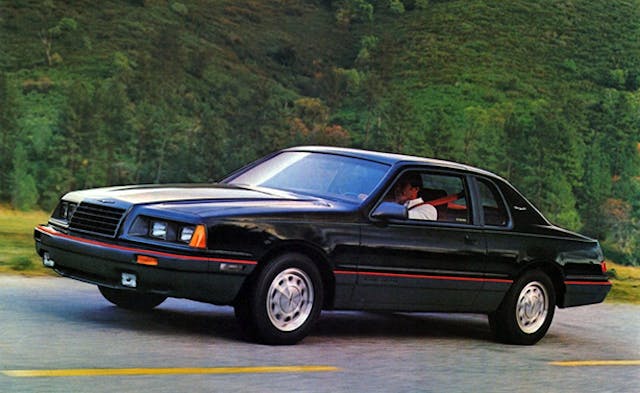
The beauty of Ford’s Fox platform was the Lego-like interchangeability. When new, this allowed for rapid creation of distinct vehicles on a common backbone. In the downward spiral of depreciation, the Fox’s value-laden parts swapping kept many examples roadworthy and has helped give rise to a healthy following rooted in new generations of enthusiasts.
Within that love for the Fox platform, the Thunderbird Turbo Coupe is a soaring spirit for the chosen few who are interested in a more unique take on ’80s American performance and luxury. Affordable, immensely entertaining, and cheap to maintain or modify, the Thunderbird Turbo Coupe offers a personality all its own, even if it shares a few parts with a famous pony car.
***
Check out the Hagerty Media homepage so you don’t miss a single story, or better yet, bookmark it. To get our best stories delivered right to your inbox, subscribe to our newsletters.
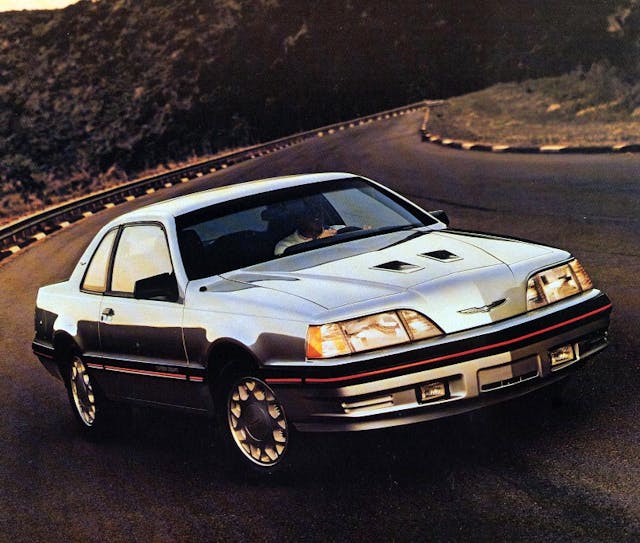

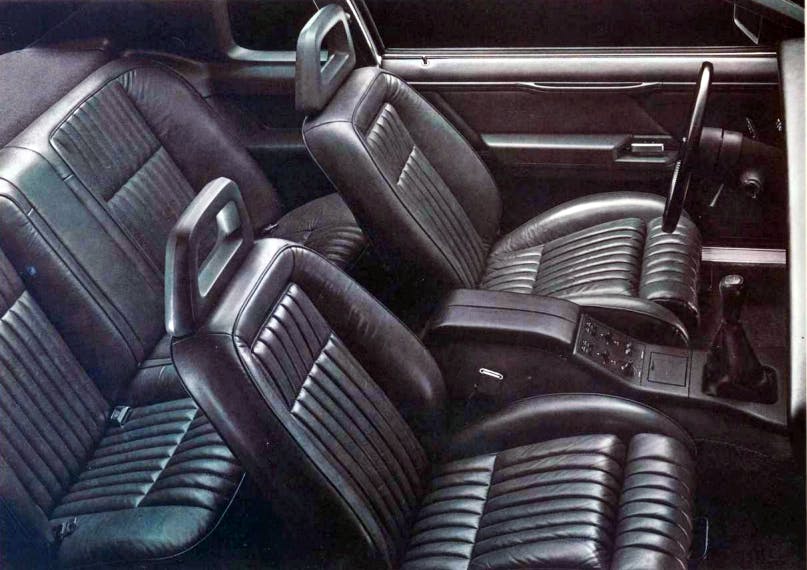
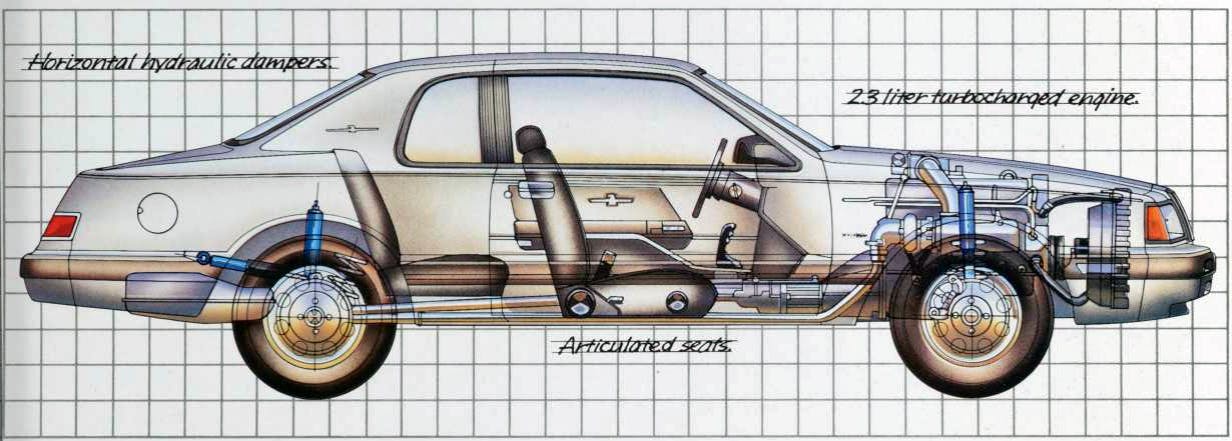

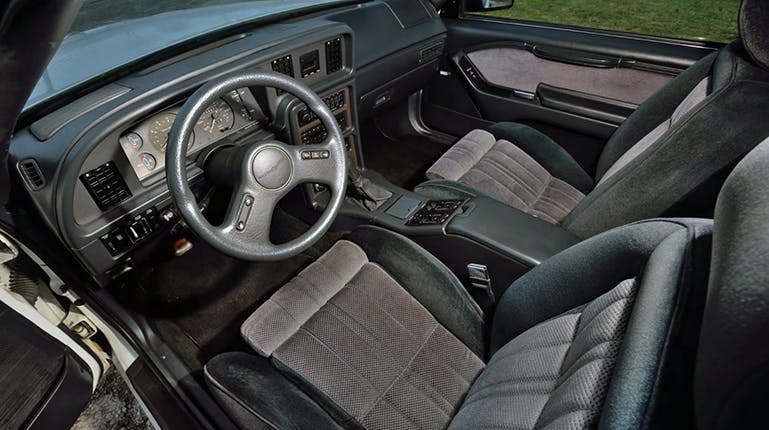
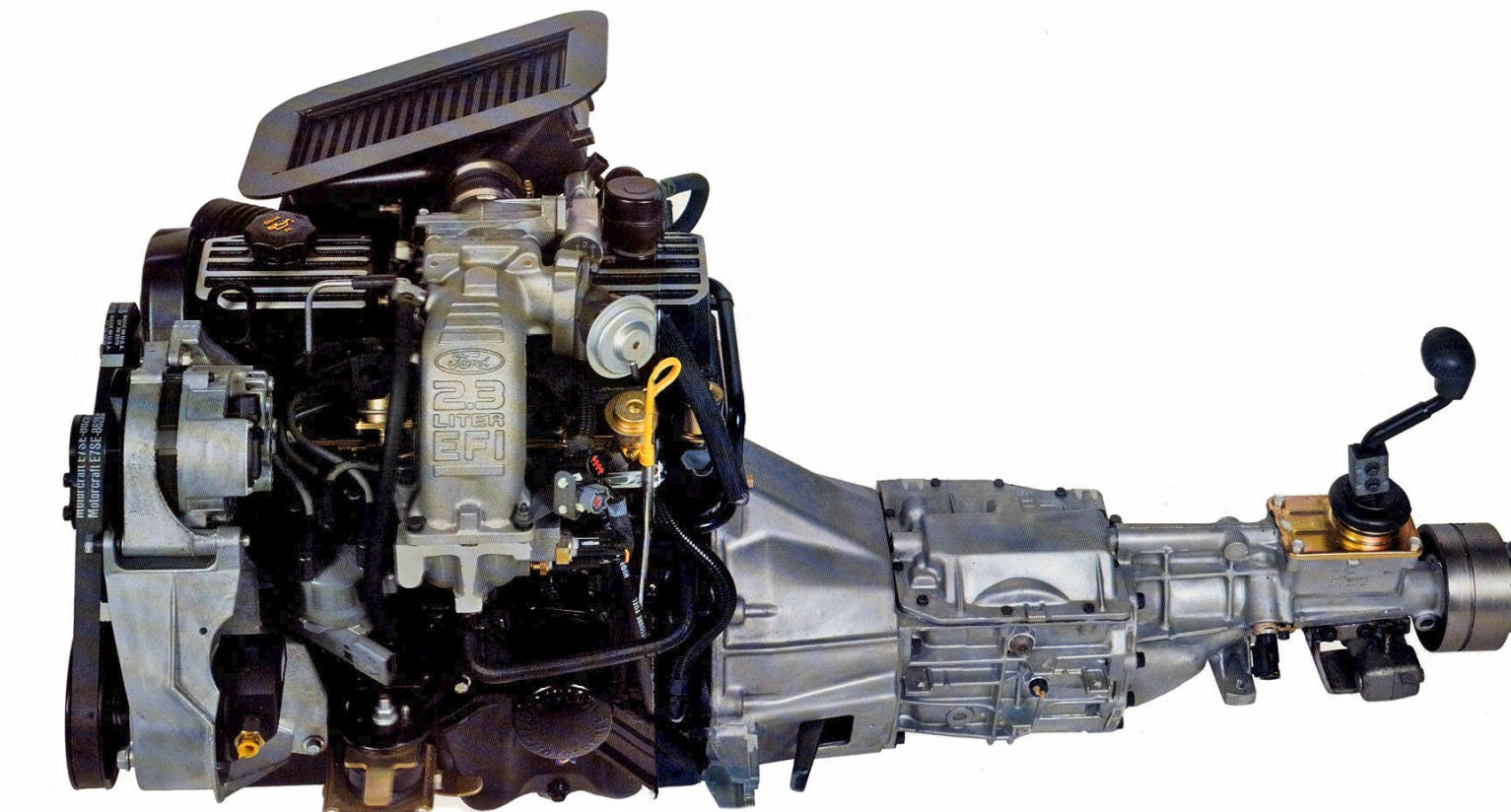
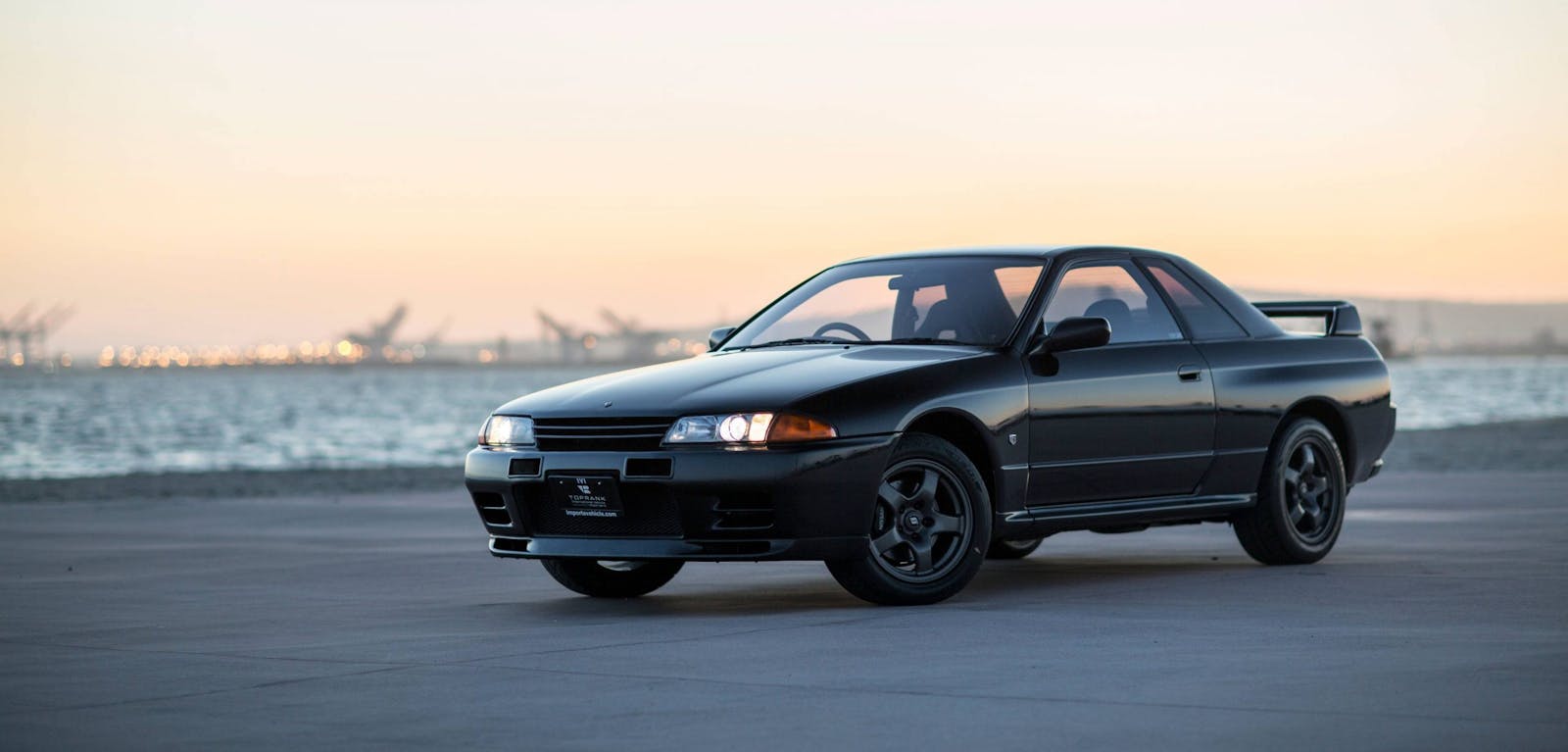
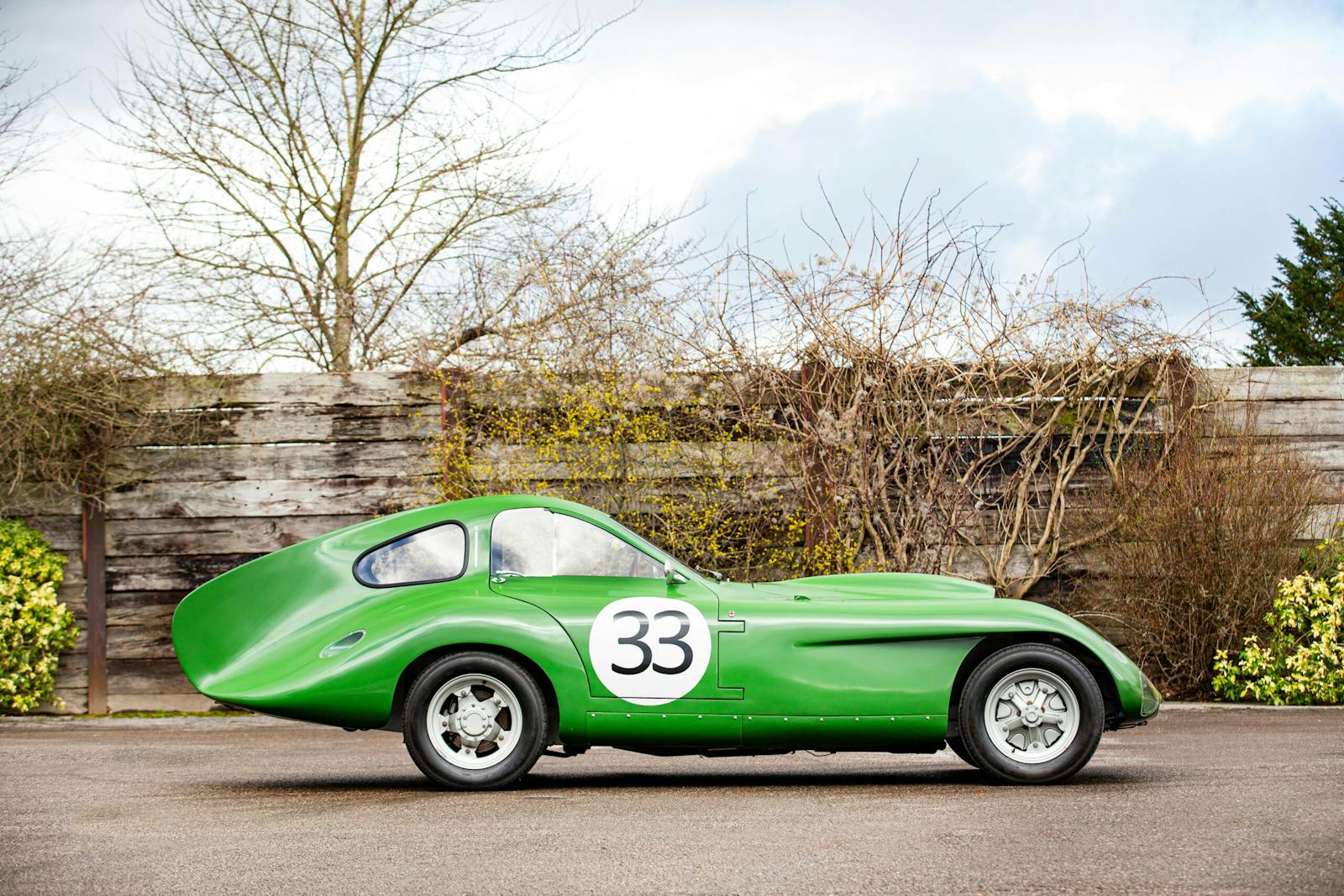
I remember a friend who had one of the later ones with the manual. Such a fun car. Between the naca duct Turbo Coupe and the Lincoln MKVII I think those are my two favorite 80’s era Ford cars
I owned three Turbo Coupes 84,87,88. Loved it immensely. I surprised a few GT Mustangs back in the day. They Couldn’t believe it had a 2.3 four cylinder engine.
Thanks for the article. I had a 88 T-bird, it looked like your 1st picture. I loved that car – It was a 5 speed MACH I Special Edition (I never found info on what that was) that I purchased for $6K w/ 40K miles in 1991. The dealer had a black one that was automatic and a sunroof that I wanted – but the dealer told me to test the Champagne color with 5 speed. What a difference – the manual had 190 hp vs, Automatics were 150 hp. It made for an easy decision.
There were two keys to keeping those birds running well. One was to change the oil every 3,000 miles, plus I used the same brand, Castrol. The second key was to drive them – I lived in Atlanta and put over 250 miles on her each week driving to work plus I would drive to Miami twice a month to visit a girlfriend. I worked with a guy who bought one, thinking it would be an investment, he only drove it on weekends and said he always had it in the shop for repairs.
The turbo coupe wasn’t the quickest off the line, but once it was going, it had no problems keeping up or getting ahead. The best part was it didn’t draw attention. I remember once, I was trying to make up time driving down the Florida Turnpike and pinning the speedo, (It only registered to 80 mph plus a few more dashes) and it was smooth, stable and undetectable. It’s understandable how Bill Elliott recorded the fastest lap in NASCAR driving this body style t-bird.
Unfortunately, the bird met its fate when a novice driver in a box Chevy slammed into the back of it and bent the frame. Although it was only a few years, the memories and reliability I got out of that car makes me have nothing but positive praises for those final years turbo coupes.
In my last years in college, I happened to find a beautiful 1984 Elan 5.0. The farther away I get from the 90s when I owned the car, the more I wish I never sold it. Other than the silly metric wheels, it was a great cruiser and straightforward 5.0 Fox platform.
Had the ’86 Turbo 5 speed, black w/ Grey leather interior. bought it used in 1990, my daily driver was a ’65 Mustang i bought and paid for myself while in high school but needed something else while tearing down the ’65. This Thunderbird was awesome in looks and performance for what it was along with phenomenal handling. I think Motor Trend’s car of the year that year and maybe others. A car I truly wish I would have kept!
Thanks for trip down memory lane.
I just bought a Southern car, a 1987 Black Turbo coupe with red leather interior( excellent condition ) 5- speed and 88,000 original miles , along with original window sticker and maintenance records.at auction. Currently up on my lift with a new clutch installed . New KYB shocks and struts to be installed next, then it will be for sale. I am an old guy , so it could be a couple of weeks before it is ready.
Working on my 92 5.0 sport, still a great road car. But, Ford really wimped out on the brakes and maybe the front suspension. It’ll straightened out, though
reading most of these entries made me smile, the frown i’m wearing now is due to the second TEVES unit that has failed in my 87 turbocoupe! it’ my daily driver and even though the lima is “bullet proof i can’t trust the brakes. i want to keep the car, could switching to a hydrobost system be an alternative? has any one done it? pls LMK, thx randy 941-580-7986 if email wont go thru
It’s pretty easy to switch to conventional brake parts, not hydroboost. Do this immediately, I can vouch for its effectiveness.
https://turbotbird.com/thread-converting-turbo-coupe-abs-master-cylinder-to-vacuum-assisted-brakes